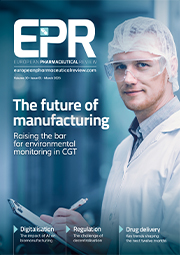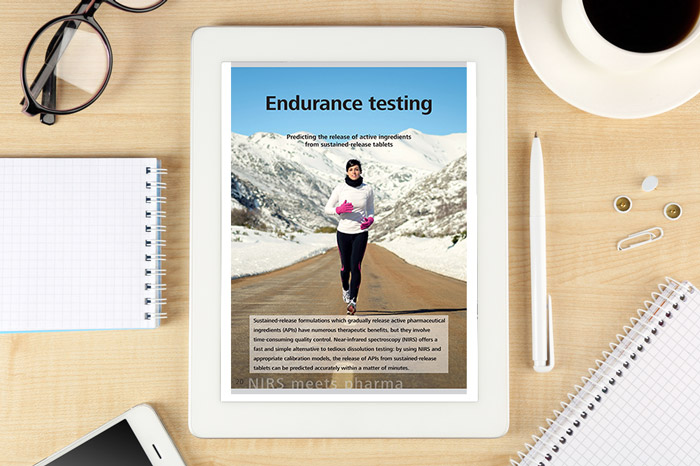Whitepaper: Predicting the release of active ingredients from sustained-release tablets
Posted: 1 May 2017 | Metrohm | No comments yet
Near-infrared spectroscopy, used in combination with an appropriate calibration model, offers an alternative to dissolution testing, making it possible to predict the dissolution of tablets accurately and within a matter of minutes…
After taking a tablet, a phenomenon known as a plasma peak usually occurs: this is when the full amount of the drug is rapidly released from the tablet and the active ingredient concentration temporarily reaches a high level in the patient’s blood plasma as a result.
Depending on the type of drug, this high concentration can cause significant side-effects. In addition, a high administration frequency is required to produce a lasting effect, as the high plasma level that patients experience at the outset then falls rapidly again as the active ingredient is metabolized.
Sustained release reduces side-effects
Sustained-release formulations, which release active ingredients gradually, offer a solution to these issues. The occurrence of a plasma peak is prevented and a reasonable plasma level is maintained over a longer period. In particular, hormone preparations, drugs for regulating blood pressure, painkillers, and antidepressants are often administered in the form of sustained- release tablets.
This whitepaper is restricted - login or subscribe free to access


Why subscribe? Join our growing community of thousands of industry professionals and gain access to:
- bi-monthly issues in print and/or digital format
- case studies, whitepapers, webinars and industry-leading content
- breaking news and features
- our extensive online archive of thousands of articles and years of past issues
- ...And it's all free!
Click here to Subscribe today Login here
Related content from this organisation
- Analysis of impurities in pharmaceuticals using ion chromatography
- Quantitative transmission Raman for content uniformity testing
- Metrohm USA contributes to global monograph modernisation initiative
- New Metrohm Mira P for raw material verification
- Metrohm acquires innovative Photonic Solutions to expand Handheld Raman portfolio






